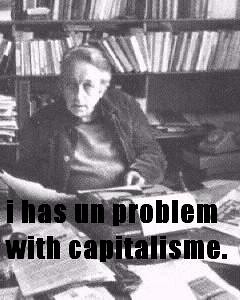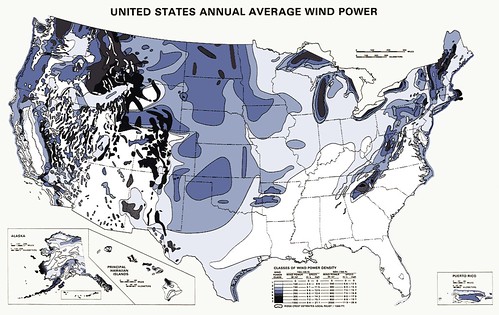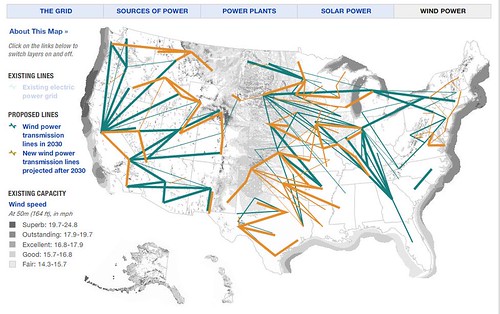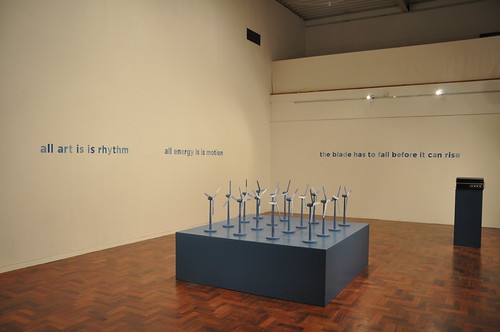
Every war seems permanent as does every revolution until it ends which requires much in the way of interpreting rather than explaining the victory to the vanquished, even in mediated spaces that can digitally define cultural landscapes. How possible is it to consider Walter Benjamin’s (http://www.digplanet.com/wiki/Theses_on_the_Philosophy_of_History) point on the failure of historical materialism “To articulate the past historically does not mean to recognize it ‘the way it really was.’ It means to seize hold of a memory as it flashes up at a moment of danger”? More specifically how do we treat cultural danger as presented in the (https://en.wikipedia.org/wiki/Meme) meme of “Culture War” and how can we incorporate Marxist analysis to remediate or reconcile the memories that emerge in momentary crisis that obscure the critically real history embodied and assess their actual danger or risk.
Landscapes have that same problem of memory, as actual experience of an expansive and contemplative view of a world or as saved representations of concrete and abstract journeys through those same worlds. The first is individually ontological whereas the latter is a social ontology representing and reproducing an historical relationship to others in a cultural context. Both involve human labor at various scales but it is the crises of value and meaning assigned to those experiences that inform global discourses of war and environment on an unprecedented scale and scope. Today’s culture wars find themselves waging these combative discourses in a media landscape (http://www.mediabistro.com/alltwitter/media-landscape_b37736) or Medienlandschaft.
The phrase culture war (https://www. en.wikipedia.org/wiki/Culture_war)represents a loan translation (calque) from the German Kulturkampf. The German word, Kulturkampf, was used to describe the clash between cultural and religious groups in the campaign from 1871 to 1878 under Chancellor Otto von Bismarck of the German Empire against the influence of the Roman Catholic Church. In American usage the term culture war is used to claim that there is a conflict between those values considered traditionalist or conservative and those considered progressive or liberal. It originated in the 1920s when urban and rural American values came into clear conflict. This followed several decades of immigration to the cities by people considered alien to earlier immigrants. It was also a result of the cultural shifts and modernizing trends of the Roaring 20s, culminating in the presidential campaign of Al Smith. However, the "culture war" in United States of America was redefined by James Davison Hunter’s 1991 book Culture Wars: The Struggle to Define America. In this work, it is traced to the 1960s. The perceived focus of the American culture war and its definition have taken various forms since then.
“The tradition of the oppressed teaches us that the ‘state of emergency’ in which we live is not the exception but the rule. We must attain to a conception of history that is in keeping with this insight. Then we shall clearly realize that it is our task to bring about a real state of emergency, and this will improve our position in the struggle against Fascism. One reason why Fascism has a chance is that in the name of progress its opponents treat it as a historical norm. The current amazement that the things we are experiencing are ‘still’ possible in the twentieth century is not philosophical. This amazement is not the beginning of knowledge–unless it is the knowledge that the view of history which gives rise to it is untenable.” Walter Benjamin (1940)
In such historical landscapes who are “cultural workers” and what does cultural work as contrasted with cultural objects look like, is it different of the same as all kinds of work and what kinds of value does it produce or more directly can individuals produce “particular kinds of independent and critical reflexivity modelled on the autonomy of the work of art” (Bennett 2011, and Bennett 2009) Societies exist in such landscapes and their collective experiences are often organized or reproduced as mass spectacles, either actual or mediated and consumed in a variety of ways, often driven by tragedy or circumstance.

A well-ordered society would like the bodies which compose it to have the perceptions, sensations and thoughts which correspond to them. Now this correspondence is perpetually disturbed. There are words and discourses which freely circulate, without master, and which divert bodies from their destinations, engaging them in movements in the neighbourhood of certain words: people, liberty, equality, etc. There are spectacles which disassociate the gaze from the hand and transform the worker into an aesthete.
What kinds of spectacles effect these transformations? Do they bear a family resemblance to the manufacturing of consent where spectacles include all forms of mediated politics and of course the intersecting claims of “entertainment” as with Limbaugh the entertainer (“Okay, so I am an entertainer, and I have 20 million listeners”) as a form of reactionary cultural work. It would be easy to say the following if we could identify the “concrete historical context” and since there are multiple mediations, how would a dialectical method of analysis explain rather than merely interpret such products of culture with multiple tropes of cultural war contesting for domination.
In short, mass-mediated products are determined by various factors-the systems of ownership, the process of cultural production, the level of struggle, the state of consciousness in society at a given time, and so on. A dialectical method of analysis would involve studying all these factors within a concrete historical context so as to explain the multiple mediations that infuse a product of culture
For example, while dystopian, there are multiple ideologies at work in the following example of spectacular speculation where doomsday prepping and its media representations are in reality a capitalist industry that exploits the potential danger of refugees coming from cities to attack rural preppers in a variety of romanticized post-apocalypse scenarios. These narratives have a burgeoning market appealing to a variety of religious and political secessionists all with disposable income or transferable construction skills for survival. They become amplified by the seasonal and media driven rise in firearms purchases. All of these actions represent desires for a kind of aesthetic autonomy, however driven by social underdevelopment. 
Ron Douglas, for example, has gathered enough supplies to keep his eight person family (two parents, six children) functioning off the grid for a year. His supplies can be broken into four categories: food, energy, shelter, and protection. He’s become such an expert that he is one of the founders of Red Shed Media Group, a business that organizes Prepper expos (40,000 attendees at $10 a person), has a hugely popular podcast radio program, and owns the rights to successful survivalist books.
Under the fold the concrete becomes either more wet or more abstract



















Recent Comments